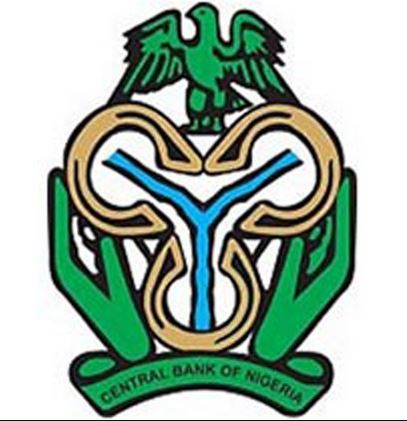So what does the newly released CBN Automatic Adjustment Mechanism of the Exchange Rate (AAME) mean?
It’s a move to bring back foreign currency into the Nigerian economy.
How does Nigeria earn foreign exchange? two main sources
1. Exports of commodities like oil and cocoa
2. Transfers of foreign currency into Nigeria via remittances, Foreign Portfolio Investments etc
At present Nigeria cannot fund her imports into the future with our level of foreign currency inflows, our foreign reserves are falling…
So pre AAME what was policy?
A. Fixed Naira exchange rate: The Naira was fixed at N199 by the CBN
B. Dual Exchange Rates: The CBN had an official exchange rate of N199, and “others” exchanged at N350
C. Forex inflow were priced at the official rate
What was the implications of this policy
A: N199 exchange rate was “artificial”, the Naira had already been devalued in the market place to N350, the CBN was in denial.
B: The Dual exchange rate did not help, the economy did nto get enough supply at N199, for instance, Nigeria biggest importers, the fuel importers brought dollars at N350, so why the official rate? Go to (C)
C: Exporters had to sell and receive transfers at the official rate. Thus if I exported Cocoa, I had to sell to CBN at N199, not the market price of N350. so CBN bought my Dollars at N199, but the real price was N350.
So lets bring this together….
Crude oil prices crashed, and Nigeria oil output crashed as well, this reduced volume of foreign currency that came to CBN, but imports did not fall in corresponding volume., thus CBN bled dollars.
The CBN response was varied. some bordered on the comical like cutting trees, others more serious like the banning 41 items from CBN import list, to restrictions on dollar spending via ATM cards abroad. These were dangerous capital control policies that restricted foreign currency outflows, these measures were intended to reduce imports and thus foreign exchange demand.
in English, if a foreign brand like an airline performed a service in Nigeria and made a profit, and wanted to transfer that profit out of Nigeria, it has to queue and experience significant delays in getting its own money.
Also if an investor wanted to invest in a business in Nigeria, he had to bring in his dollars at the N199 rate, meanwhile he spends based on the N350 rate locally, who will agree to “import “ at N199 and spend at N350 then transfer at N199?
So inflow of dollars crashed, oil and non-oil exports fell, portfolio investments fell, imports went up, our foreign reserves could no sustainably longer fund our imports….. So we had to introduce measure to bring back the dollars to Nigerians
So Post AAME?
a. Naira fix is gone, foreign exchange rate now determined by the market
b. Duel exchange rate is gone, now just one rate, one market
c. Foreign exchange inflows now priced at market rates and sold on the Inter-bank market.
So if you have dollars, you can transfer in at the market rate, sell it at the market rate, no issues.
So what will be the market rate? That will depend on demand and supply, demand is up, but supply should improve as well.
So has the Naira been devalued? The Naira was already devalued once the CBN fixed the price at N199 and allowed the parallel market to function at N350
Will this move bring in dollars? I am optimistic it will, take for instance remittances by Nigerians abroad valued at almost $21b a year, this flow will now use official channels as they can sell at market price, not the artificial CBN price of N199,….thats the hope.
Risk? Why are 41 items still banned? What if their demand outstrips the new dollar inflow? This will cause dollar to keep staying high..
In summary, this is finally a realization by the FGN and the CBN that its futile to fight the free markets when you have no cash. This is a medium term fix, the full fix is to reduce imports that consume dollars and boost exports that earn forex, especially non oil exports. Only that will keep the markets calm.
The economic polices to be pursued now must drive non oil exports but also create an environment that allow inflow of Foreign Direct Investment to invest in the real sector of the economy..
